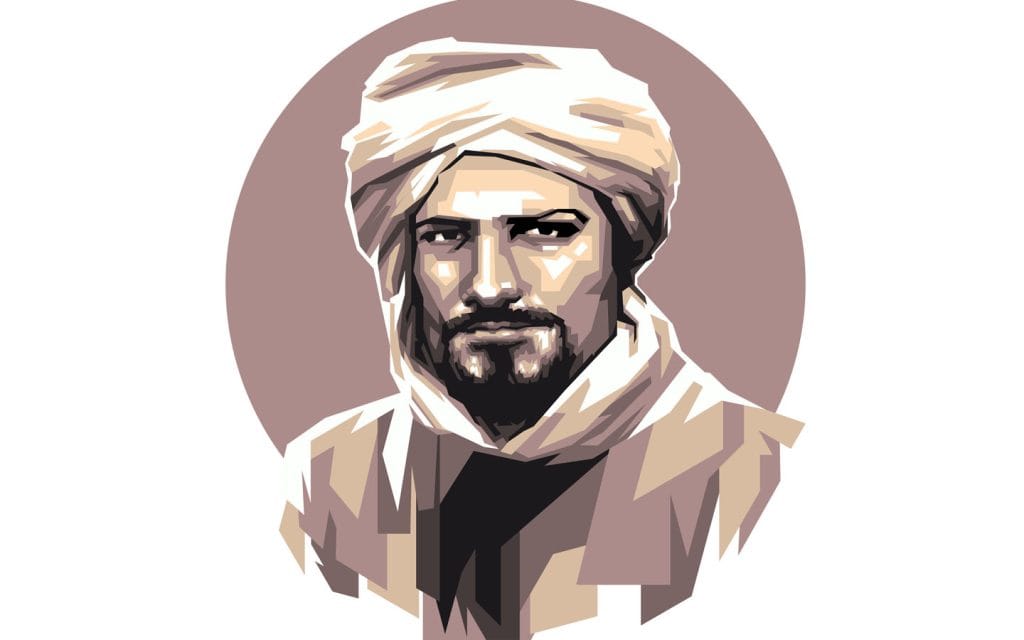Abu Abdullah Muhammad ibn Battuta, born on February 25, 1304, in Tangier, Morocco, is widely regarded as one of the greatest travelers in history. Born into a family of Islamic legal scholars during the Marinid dynasty, Ibn Battuta received a traditional education in Islamic jurisprudence (fiqh).
At the age of 21, he set out on what was meant to be a pilgrimage (Hajj) to Mecca. Instead, that journey turned into a 29-year expedition across the Islamic world and beyond, making him a legendary figure in the annals of global exploration.
Ibn Battuta’s Travels
Ibn Battuta’s journeys are chronicled in his famous travelogue, Rihla (meaning “The Journey”), which offers a rich account of 14th-century life across the Islamic world and other regions. His travels began in 1325, when he left Morocco and made his way across North Africa, visiting cities like Cairo, Alexandria, and Damascus before completing his pilgrimage in Mecca. From there, he ventured farther, traveling through Iraq, Persia, and down the East African coast to places like Mogadishu and Kilwa, exploring vibrant trade cities that were part of a larger Islamic and mercantile network.
In 1330, Ibn Battuta journeyed into Central Asia and South Asia, eventually reaching India, where he joined the court of the Delhi Sultanate. Sultan Muhammad bin Tughlaq appointed him as a qadi (judge), and he remained in India for several years. In 1341, the Sultan sent him on a diplomatic mission to China, a voyage that took him through the Maldives, Sri Lanka, Sumatra, and possibly cities such as Quanzhou and Hangzhou in Yuan China—though scholars debate whether he truly reached the Chinese mainland.
On his return journey to Morocco, Ibn Battuta visited the Muslim-ruled region of Al-Andalus (modern Spain) and then traveled south across the Sahara Desert to the Mali Empire in West Africa. There, he visited the famous city of Timbuktu and the court of Mansa Musa’s successor. He returned to Morocco in 1354, nearly three decades after his initial departure.

The Rihla
Upon his return, Ibn Battuta was invited by Sultan Abu Inan Faris of Morocco to dictate his travels to a scholar named Ibn Juzayy. This collaboration produced Tuhfat al-Nuzzar fi Ghara’ib al-Amsar wa Aja’ib al-Asfar (“A Gift to Those Who Contemplate the Wonders of Cities and the Marvels of Traveling”), more commonly known as the Rihla. This monumental work is a treasure trove of geographic, cultural, and political insights from across the medieval Islamic world. While some of his accounts may be embellished or based on hearsay, the Rihla remains an invaluable historical document.
Ibn Battuta is often compared to other famous explorers, such as Marco Polo, but his journeys were more extensive—covering approximately 117,000 kilometers (73,000 miles) and taking him to over 40 modern-day countries across Africa, Asia, and Europe. He is believed to have met more than 60 rulers throughout his travels and offered detailed descriptions of their courts, customs, and religious practices.
His Legacy
Though his fame faded in the centuries following his death, modern scholarship has revived interest in Ibn Battuta’s life and work. Today, he is celebrated not only in the Islamic world but globally, with airports, schools, and cultural institutions bearing his name. His vivid observations provide a rare and comprehensive glimpse into a diverse and interconnected medieval world.
Ibn Battuta likely died in Morocco around 1368 or 1369, having returned to a quieter life as a judge. His legacy, however, continues to inspire travelers, historians, and adventurers alike, offering a powerful testament to the spirit of exploration and intellectual curiosity that defined the golden age of Islamic civilization.



